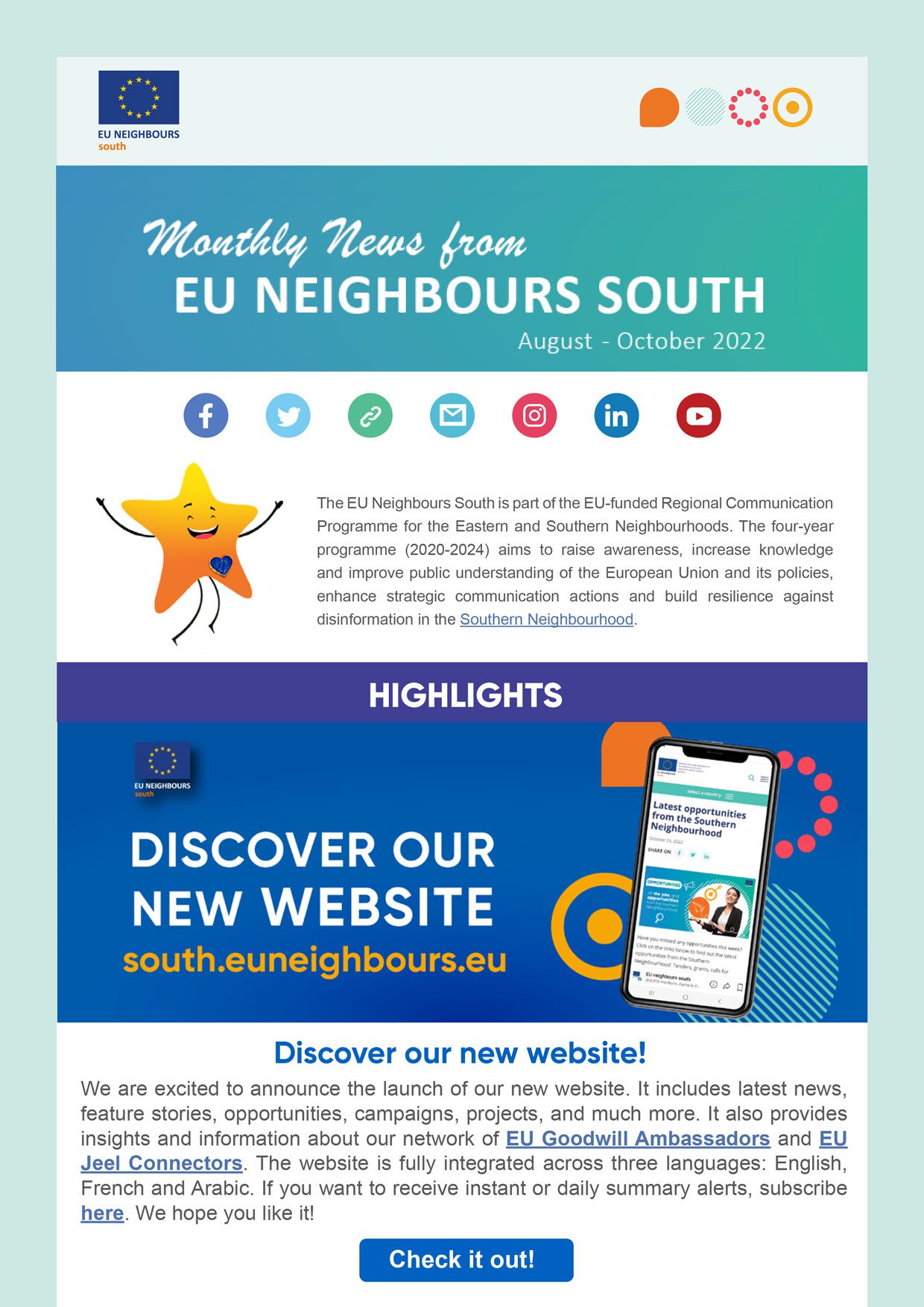التكنولوجيا في خدمة تدريب الشباب وتوظيفهم في فلسطين
تطبيق الكتروني جديد يدعم الشباب الفلسطيني من خلال جمع البيانات الخاصة بالطلاب وخريجي مراكز التدريب المهني ومتابعة تقدمهم في مساراتهم الأكاديمية والمهنية. التطبيق – الذي تم إطلاقه في إطار مشروع يموله الاتحاد الأوروبي – هو الأول من نوعه في منطقة الشرق الأوسط.
نص وصور: رفا مسمار
بدأ طلاب التدريب المهني في جميع أنحاء فلسطين في تعبئة تقييم ذاتي الكتروني عن طريق تطبيق الكتروني رائد يحفظ المعلومات الخاصة بهم. و يشارك طلاب خمسة وعشرين مركزا تابع لوزارة العمل الفلسطينية في كل التخصصات بما فيها السكرتاريا والتجميل و الرسم المعماري والحدادة في هذا البرنامج الذي يتم تمويله من قبل الاتحاد الأوروبي في إطار برنامج “الحوكمة من أجل رفع قابليّة التّوظيف في منطقة المتوسّط (GEMM)”.
يساعد الاستبيان الإلكتروني المراكز والطلبة على معرفة نسبة الخريجين العاملين وغير العاملين منهم، وما إذا كان الخرّيجون يستعملون المهارات التي اكتسبوها، وكيف وأين يستعملونها. ويكون الهدف الأول منه إحصائياً كأداة لجمع وتوفير المعلومات والبيانات، لكنه في ذات الوقت يقدم خدمة للطلاب من خلال توفير امكانية تقييمهم وارشادهم ومتابعة تقدمهم.
وداعا للورق
يشرف المهندس عيسى عمرو ٣٦ عاما على تنفيذ المشروع، وقد أشرف على تدريب منسقي المدارس والمراكز المهنية والصناعية على استخدام الاستبيان الالكتروني وجمع البيانات وتخزينها وتحليلها وإرسالها لأصحاب القرار.
يقول عمرو: “ميزة التطبيق هو أنه يمكّن مستخدميه من الإطلاع على مستويات المتدربين والطلاب خلال دراستهم، ويعمل على تحقيق التواصل معهم حتى بعد تخرجهم من الجامعة ومن ثم توجيههم للانضمام إلى سوق العمل، والمساعدة في البحث عن الوظيفة المناسبة لهم”.
ويضيف عمرو: “يعمل التطبيق الإلكتروني على تقييم أداء التدريب والمدربين. ومن المتوقع في نهاية هذا المشروع الممول من قبل الاتحاد الأوروربي، أن يتم تسجيل ما يقارب 5 آلاف طالب وطالبة في البرنامج، مما يسمح لهم أن يكونون على اتصال دائم بالمركز ( اون لاين)، من خلال حسابات خاصة بهم تتيح لهم الاطلاع على التقييمات والارشادات الخاصة ببرنامجهم التدريبي، وكذلك بالخيارات المتاحة لهم في سوق العمل”. ويذكر أنه في عام 2015، تم تسجيل 160 طالباً وطالبة من مختلف التخصصات من مدينة الخليل في البرنامج.
تطبيق سهل الاستخدام ومعلوماته موثوقة
يساعد التطبيق على جمع بيانات تتضمن معلومات موثوق بها، والتي تعود لمجموعة من أصحاب المصلحة المعنيين والشركاء الاجتماعيين، أي أن نتائجه ستكون مؤشرات لسوق العمل والوظائف الخالية أو الوظائف المحتملة للأجيال القادمة. وحسب المدربة ميادة عطا الله ( 30عاما) من قرية بيت عور التحتى غرب محافظة رام الله “ثقافة التقييم وتعبئة الاستبيان هي ثقافة قليلة الحضور في مجتمعنا الفلسطيني، وقد نكون هنا نحن السباقين في بناء قاعدة معلومات لا تقدر بثمن، والتي تفيد قطاع الشباب وتخدمهم في الحصول على الوظائف، وتعزيز قدراتهم وعلاقاتهم المجتمعية والمهنية.”
وأشارت عطا الله إلى أن “البيانات التي يتم جمعها من خلال نهج تشاركي تساعد صانعي السياسات ومختصي التدريب المهني على اتخاذ القرارت المناسبة وصياغة السياسات بناءً على بيانات وطنية موثوقة ودقيقة وموحدة، مما يساعد على زيادة فرص التعليم و تقوية تطلعات الشباب والسوق أيضا، وتحسين وضع الشباب الفلسطيني، والمساهمة في تقليل نسبة البطالة.”
لقد خضعت ميادة للتدريب على بناء استمارة تقيمية هي وخمسة وعشرون من زملائها في مراكز التدريب المهني في الضفة الغربية. وهذه الاستمارة ترافق المتدرب خلال سنته الدراسية في المركز. ليلى غنام 19 سنة من قرية يطا بالخليل وهي تتعلم الحياكة تشرح: “هذه الاستمارة ترافقني حيثما ذهبت وتحديدا بالبداية خلال السنة الدراسية في المركز، حيث نقوم بتعبئة النموذج في الثلث الأول من البرنامج. وفي الثلث الثاني نضع أجوبتنا فيما يخص أحلامنا وتطلعنا للمستقبل والمادة الدراسية وبعد مرور 3 شهور يطلب منا إجابات تتمحور حول إيجاد مستقبلنا في المهنة التي نتعلمها. أما في الثلث الأخير، فتمكننا الاستمارة من الالتحاق بالمؤسسة أو الورشة التي سنعمل بها. وبعد الانتهاء من المرحلة الدراسية نتوجه لسوق العمل.”
يصبح المتدرب أو الطالب بعد ذلك قادراً على متابعة متدربين آخرين واخضاعهم لعدد من الدورات التي تمكنهم من التواصل والاتصال مع المدربين وتبادل المعلومات معهم. “أريد أن أساعد البنات التي سأعمل معهن في مجال الحياكة على استعمال التطبيق لتمكينهن من التواصل والاتصال مع مراكز التدريب المهني والمدربين وإيجاد ما يحلمن أن ينجزنهن بالمستقبل” تقول ليلى.
وقالت المدربة ميادة عطاالله وبنبرة تبعث التفاؤل: “نعم علينا أن نعلمهم ثقافة جديدة، وهي أن نكون على اتصال دائم في كل مرحلة من مراحل حياة الطالب بعد خروجه من المركز”.
وفي ذات السياق، أشارت ميادة إلى أن التطبيق يهدف إلى جمع المعلومات من قبل طلاب المركز التدريبي، ومن ثم العمل على وضع تقييمات تخص المادة الدراسية، ومعرفة احتياج سوق العمل والتواصل مع جميع ذوي الاختصاص من أصحاب المصالح التجارية والصناعية.
الإصرار أساس النجاح
كمال عابدين (43 عاما) يعمل كمرشد في مركز التدريب المهني في الخليل دون أن يكترث لعجزه والرصاصة التي أصابته في جسده منذ 20 عاماً لم تثقل همته، في الواقع كانت نقطة التحول في حياته حيث كان من الفائزين بجائزة فلسطين للتميز والإبداع لعام 2004.
وقد تم اختيار عابدين من بين عدد من المشاركين لتنفيذ تطبيق الاستبيان. ويقوم عابدين بتوجيه الطلاب بعد التعرف على قدراتهم لمساعدتهم في اختيار التخصصات التي يرغبون العمل فيها مستقبلاً، وهو عامل مهم لم يكن ممكن قبل اطلاق التطبيق الالكتروني. ويسعى الاتحاد الأوروبي من خلال هذا المشروع لجعل هذا التطبيق أول نموذج عربي للمعلومات التي تخص قطاع الشباب ودعمهم في القطاع المهني ومراكز التدريب.
ويشرح عابدين أنه “ليس من السهل اقناع الطلاب التائهين بخصوص مستقبلهم والمهنة التي سيمارسونها بعد سنوات، وقد لاحظت أن الطلاب والطالبات يعتمدون على أراء أهاليهم فيما يخص العمل أو المهنة التي يختارونها، وهنا تكمن فائدة التطبيق حيث يوجههم حسب رغبتهم واهتماماتهم وقدراتهم بالنسبة لما يدرسونه والتدرج الذي يعيشونه خلال مسارهم التعليمي. وهنا يبدأ دوري في اقناعهم وتوجيهم نحو اتجاه جديد من خلال استخدام التطبيق لمحاولة تقييم ذاتهم في مرحلة أولى، ثم ننتقل الى المرحلة المتوسطة ومن ثم الى التقييم النهائي. وأشعر بالسعادة الغامرة عندما يبقون على اتصال مستمر الكترونيا.”
ويؤكد سالم محمد ذو السبعة عشر عاما ذلك ويتعلم التمديدات الكهربائية في مركز بيت عور التحتى غرب محافظة رام الله والذي يقول: “بصراحة اعتمد عادة على أراء أهلي فيما يخص الدراسة والمهنة حيث ليس بإمكاني التفكير في هذا الموضوع بشكل منفرد، لكنني لا أعرف حقا هل اختيار أهلي لتمديد الكهرباء جيد ام سيء وهنا يمكن لي الاستفادة من التطبيق حيث سيوجهنا بعد مرحلة معينة من الدراسة.”
لا يوجد لدى كمال عابدين أي شك بشأن الفوائد التي يمكن الحصول عليها من التكنولوجيا الجديدة: “المجتمع الفلسطيني تغيب لديه الأدلة الإرشادية والمعيارية حول بناء مؤشرات تدلل على احتياجات السوق الفعلي، ومدى استيعابه للخريجين الجدد، وما هي اهتمامات الشباب في القطاع المهني. التطبيق الجديد يعمل على دمج تكنولوجيا المعلومات في الأنظمة التعليمية، من أجل تحسين نوعية نتائج التعلّم، وتسهيل تكوين المهارات الفنية، مما يحقق ديمومة التعلّم على مدى الحياة، ويحسن إدارة المؤسسة ومن ثم المجتمع.”
للاطلاع على المزيد
موقع مشروع الحوكمة من أجل رفع قابلية التوظيف في منطقة المتوسط
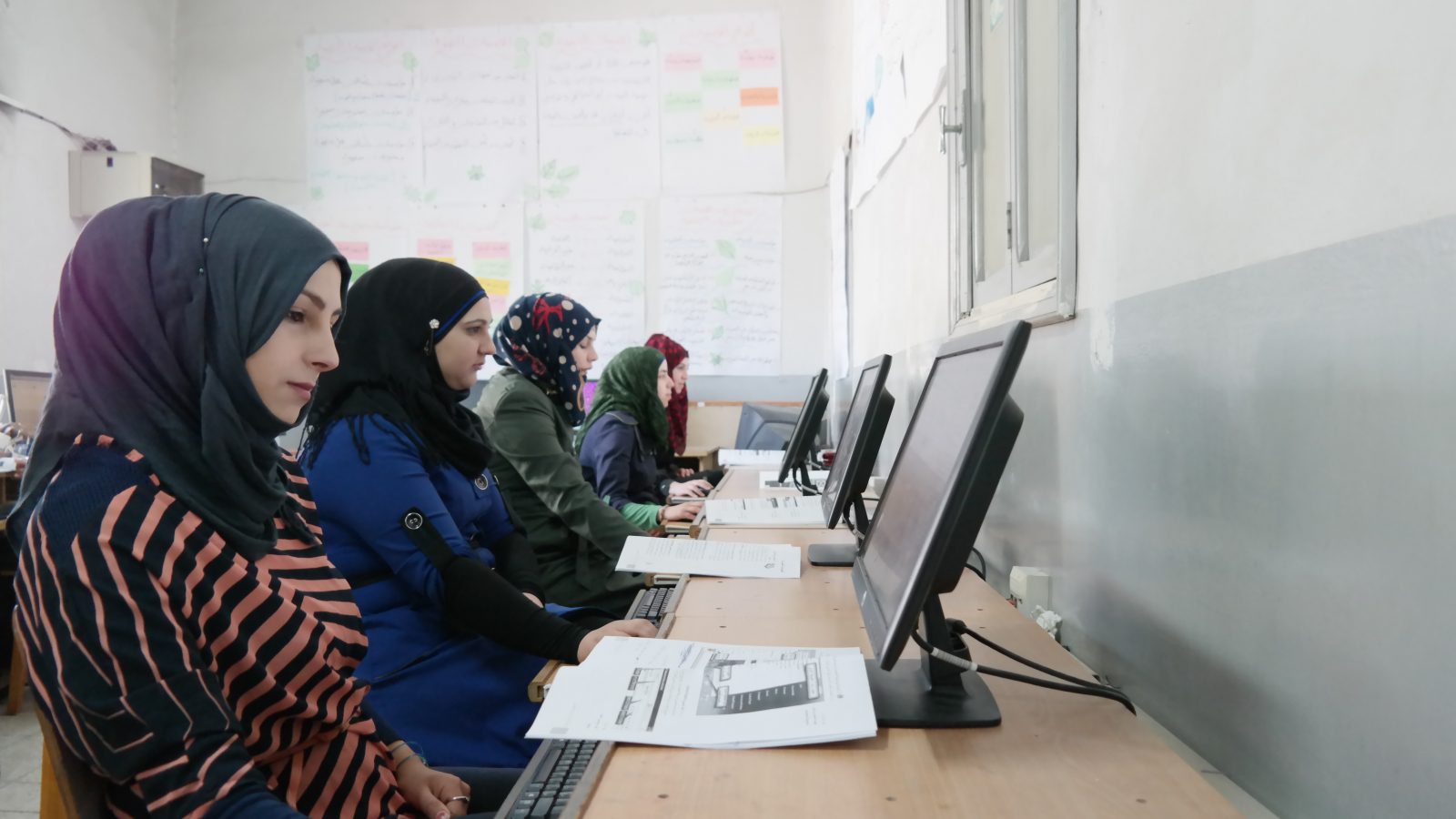
A new electronic application is supporting young Palestinians by collecting data on students and graduates of vocational training centres and tracking their progress in their academic and professional careers. The application – introduced under an EU-funded project – is the first of its kind in the Middle East.
Text and Images: Rafa Mismar
Across vocational training centres in Palestine, students are filling out self- evaluations that feed information into a pioneering new electronic application. The scheme, funded by the European Union as part of a project on ‘Governance for Employability in the Mediterranean Region’, or GEMM, involves students from 25 centres run by the Ministry of Labour, and all disciplines, from secretariat and decoration, to architectural drawing and metalwork.
The e-questionnaire enables the training centre and its students to gain information about the percentage of graduates in or out of work, whether they use the skills they have acquired, and if so where and how. While the first objective of the new application is statistical, it also aims to provide a unique service for students, with the possibility to assess them, guide them, and track their progress.
No more paperwork
Engineer Isa Amr, 36, is responsible for the implementation of the project, and has supervised the training of coordinators from vocational education and training centres on how to complete the e-questionnaires, and on collecting, storing, and analysing the data, and its submission to decision makers.
“The application has a feature, which enables users to track trainees’ and students’ progress, and to communicate with them after graduation, thereby guiding them in the labour market and to help them in their search for relevant jobs,” says Amr.
“The electronic application helps in assessing the performance of both trainers and trainees” he added. “ At the end of this EU-funded project, it is expected to register nearly 5,000 male and female students in the programme, allowing them to remain in constant online contact with the centre, from their own accounts. They will be able to view assessments and instructions from their training programmes, and see the options in the labour market.” In 2015, 160 students from various disciplines from the city of Hebron were registered in the programme.
Easy to use application with reliable information
The application enables the collection of reliable information, from the people concerned and other social partners: its results will be an indication of the labour market, vacancies and potential jobs for generations to come. According to trainer Mayada Attalla, 30, from the village Beit Ural-Tahta, west of Ramallah Governorate, “The culture of assessment and questionnaires is new in our Palestinian society and we are pioneers in building a priceless database, which will be beneficial to youth by helping them get relevant jobs.”
Attalla added: “The data that is collected using a partnership approach helps decision makers and vocational training professionals to take the right decisions and develop policies based on national data that is reliable, accurate and standardised. It also helps to increase educational opportunities, strengthens young people’s aspirations, improves market ambitions, and increases the number of educational opportunities, thus improving the status of young Palestinians, and contributing to reducing unemployment.”
Mayada, along with 25 other colleagues in vocational training centres in the West Bank, has undergone a training programme to help students fill out the self-assessment. The assessment form remains with trainees during their study year at the centre. Nineteen-year-old Laila Ghonam from Yattah village in Hebron explains: “It remains with me from the very beginning of the school year at the centre, when we will fill out the form in the first part of the programme. In the second part, we write about our ambitions for the future and about the subject of study; 3 months later, we answer questions about our future in the profession we are learning. In the last part, the application form enables us to enrol ourselves in the establishment or workshop where we will work.”
The trainee or student is then able to manage other trainees, and help them undergo various courses, which will enable them to communicate with the trainers and provide them with information. “ I want to help girls who work with me in the sewing profession” says Laila, “ so that they can use the application, which will help them to interact with the vocational training centres and with the trainers, so that they can explore what they are dreaming to achieve in the future.”
Trainer Mayada Attalla is optimistic: “Yes, we have to teach them a new culture that is to be in constant contact via online means, at every stage of a student’s life after their graduation from the centre.”
In the same context, Mayada said the application aims to collect data from students of the training centre and then attempts to establish assessment methods with regard to the subject of study, to be informed about the needs of the labour market and communicate with stakeholders of both commercial and industrial sectors.
Persistence is the key to success
Kamal Abdeen, 43, works as an instructor in the vocational training centre in Hebron, ignoring a bullet he took 20 years ago and not letting it affect his ambitions. In fact, it was a turning point in his life as he was among the winners of the Palestinian International Award for Excellence and Creativity in 2004.
Abdeen was selected from among a number of participants for the implementation of the application. He tries to help the students by identifying their abilities and guiding them in choosing the disciplines in which they would like to work – a key component that was not possible before the introduction of the application.
Through this project, the EU is trying to make this application the first Arabic model for information pertaining to young people and support in the vocational sector and training centres.
“It is not easy to convince students who have no idea about their next step or the profession they will take up in the future,” said Abdeen.
“Both male and female students rely on their parents for opinions regarding the profession of their choice. Here lies the benefit of the application, as it guides them according to their desires, interests and capabilities, taking into consideration what they studied and the gradual advancement of their educational careers. My role here begins in convincing them and I feel very happy when they remain in online contact.”
His experience is confirmed by Salem Mohammad, 17, who is studying electrical installation at the Bayt ‘Ural-Tahta centre, west of Ramallah: “I usually rely on the opinions of my family about what to study and my future profession, because I cannot reach a conclusion by myself. I don’t really know if electrical installation, which is my family’s choice, is good or bad, but here I can benefit from the application, which guides us along the way.”
Kamal Abdeen has no doubts about the benefits to be gained from the new technology: “Palestinian society has no manuals or standard criteria on establishing indications to demonstrate the actual needs of the market, know the interests of young people in the professional sector and how far it can benefit from new graduates. The new application tries to merge information technology in educational systems to improve the quality of education and facilitate the process of building technical skills. Through this, we can accomplish the continuity of education throughout one’s life and improve management of various organisations and thus improve the management of society.”
To find out more:
GEMM webpage http://www.etf.europa.eu/web.nsf/pages/GEMM
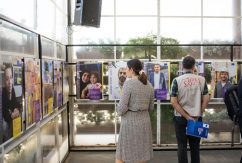
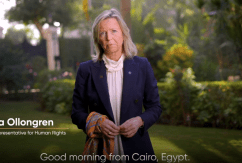
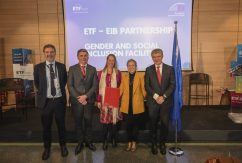
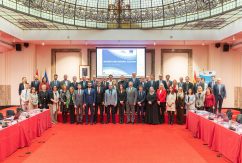
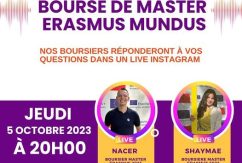



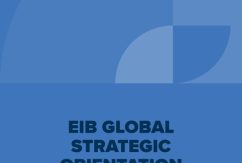
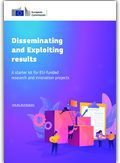

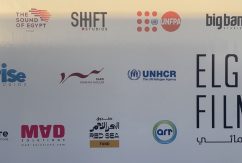
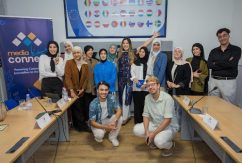
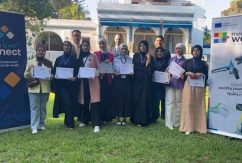
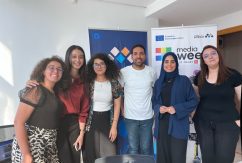




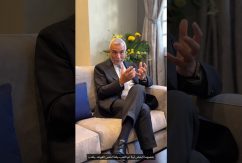
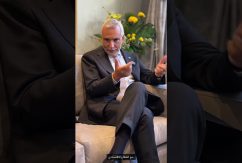
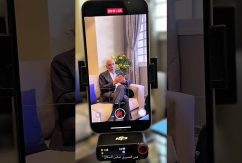

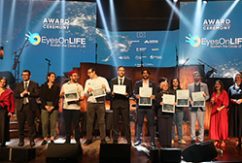
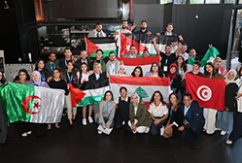


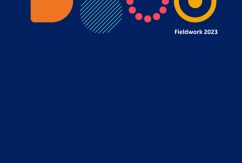
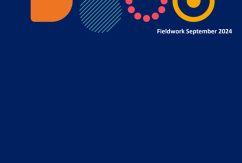
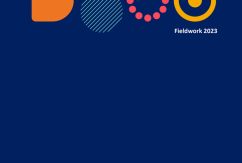
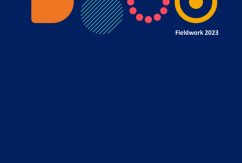

 سوريا
سوريا 


